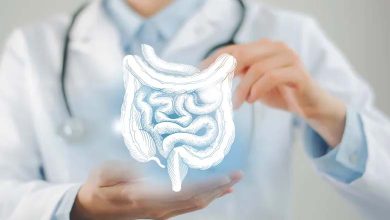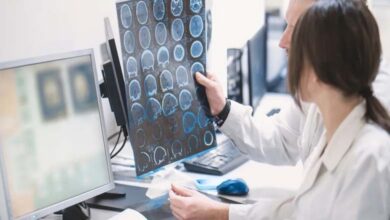Why does your left arm hurt during a heart attack?

Pain in the left arm is one of the most characteristic and alarming symptoms of a heart attack. It does not result from a simple muscle strain but from a complex neurological mechanism related to how the body interprets pain signals from the heart. Understanding this process can literally save lives, since identifying the symptom in time allows for immediate medical intervention.
When the heart is suddenly deprived of oxygen because of a partial or complete blockage in a coronary artery, the heart muscle begins to suffer. This distress causes intense pain, known as angina. The nerve fibers that transmit pain from the heart travel along the same pathways as those connected to parts of the upper body, such as the left arm, shoulder, and jaw. This phenomenon, known as “referred pain,” explains why a heart attack may be felt as pain away from the heart itself.
The brain cannot pinpoint the exact origin of the signal and therefore perceives the pain as coming from the left arm or the chest, even though its true source is the heart muscle. This neurological confusion is common in pain linked to internal organs, or visceral pain.
-
Migraine – 8 things you can do to fight it
-
How vitamin deficiencies affect the formation of dark circles under the eyes
For many people, the discomfort begins as a sensation of pressure, heaviness, or burning in the chest, spreading to the shoulder, neck, jaw, or left arm. In some cases, the pain may even radiate to the back. Other accompanying symptoms — such as shortness of breath, nausea, excessive sweating, or dizziness — should immediately raise concern.
It is important to note that the pain is not always severe or sudden. In some individuals, especially women, diabetics, and older adults, the symptoms may be subtle: unusual fatigue, mild discomfort, or a vague ache in the arm. This makes early recognition more difficult, yet all the more vital.
-
Sleeping in Darkness: An Ally for Cardiovascular Health and Inflammation Regulation
-
Itchy skin: an early warning sign of kidney disease
If a heart attack is suspected, one should never wait for the pain to subside. Every minute counts, as the heart muscle begins to deteriorate rapidly without oxygen.
Calling emergency services immediately can dramatically improve survival rates and reduce the risk of permanent heart damage.
Prevention remains the best strategy: maintaining a balanced diet, exercising regularly, avoiding tobacco, and keeping blood pressure and cholesterol under control are key. Being aware of atypical symptoms — such as left arm pain — can make the difference between life and death.
Ultimately, left arm pain during a heart attack is not random; it is a warning sign from the body that the heart is in distress. Recognizing and responding to it promptly can be the key to saving a life.












